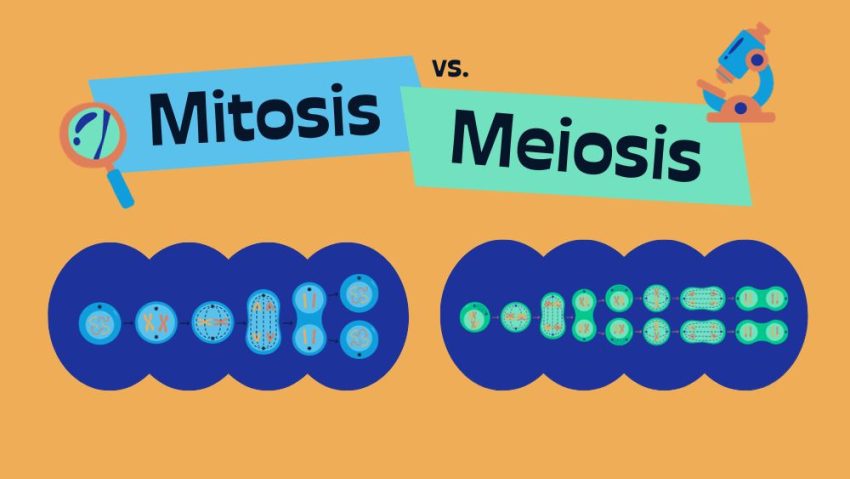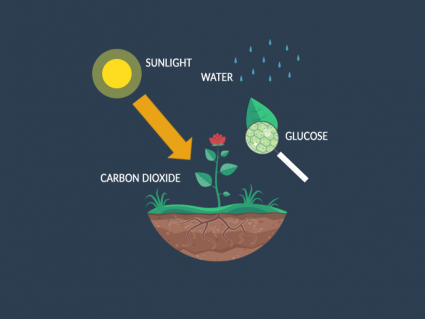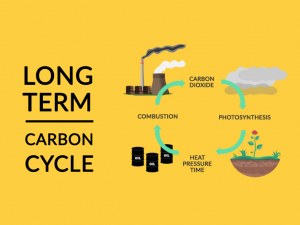What’s the Difference Between Meiosis and Mitosis?

What Is Mitosis?
Mitosis is the process of cell division that results in two identical daughter cells. Each cell has the same number of chromosomes as the parent cell.

It’s like a clone-making process. It duplicates the genetic material and the cell splits into two identical copies.
The five phases of mitosis are crucial for the growth, repair, and maintenance of our body cells.
What Is Meiosis?
Meiosis, on the other hand, is a special type of cell division that occurs in reproductive cells (sperm and egg cells).

It involves two rounds of division. The result is four non-identical daughter cells. Each cell has half the number of chromosomes of the parent cell.
Meiosis is like a genetic shuffling game where it takes genetic material from each parent. Finally, it mixes them to create unique combinations in the offspring.
Mitosis vs Meiosis
The major difference is that mitosis produces identical cells for regular body functions. But meiosis creates genetically diverse cells for sexual reproduction.
Meiosis is important for making eggs and sperm. When combined, this process creates new organisms with a unique mix of traits.
Meiosis is like shuffling genetic cards to add diversity to the next generation. Whereas mitosis helps the body grow, repair, and replace damaged cells.
| Feature | Mitosis | Meiosis |
|---|---|---|
| Number of Divisions | One | Two (Meiosis I and Meiosis II) |
| Number of Daughter Cells | Two | Four |
| Genetic Variation | No (Daughter cells are genetically identical) | Yes (Daughter cells are genetically diverse) |
| Purpose | Growth, Repair, Asexual Reproduction | Sexual Reproduction, Genetic Diversity |
| Number of Chromosomes in Daughter Cells | Same as Parent Cell | Half the number of chromosomes as the Parent Cell |
| Example | Skin cells, Blood cells | Gametes (Sperm and Egg cells) |
| Cell Division Type | Somatic Cell Division | Germ Cell Division |
What’s Similar Between Meiosis and Mitosis?
At a high level, mitosis, and meiosis are both processes of cell division. Although their roles are different, they share a few similarities:
1. Origination from Parent Cell
Both mitosis and meiosis start with a single parent cell that needs to divide. But they diverge in their processes and outcomes.
2. DNA Replication
Before either process begins, the cell’s DNA is replicated. This ensures that each resulting cell receives a complete set of genetic instructions.
3. Chromosome Segregation
Both processes involve the separation of chromosomes. Each daughter cell receives a share of the genetic material.
4. Essential for Life
Both mitosis and meiosis play key roles in the life cycle of an organism. Mitosis is responsible for growth, repair, and maintenance. On the other hand, meiosis is for sexual reproduction, generating gametes (sperm and egg cells).
What’s the Difference Between Meiosis and Mitosis?
While these similarities exist, it’s important to know that the outcomes of mitosis and meiosis are different.
Mitosis produces genetically identical cells for regular body functions. Whereas meiosis creates genetically diverse cells for sexual reproduction.
As mentioned before, both are essential for life on Earth. Without them, living things wouldn’t be able to grow or reproduce.














